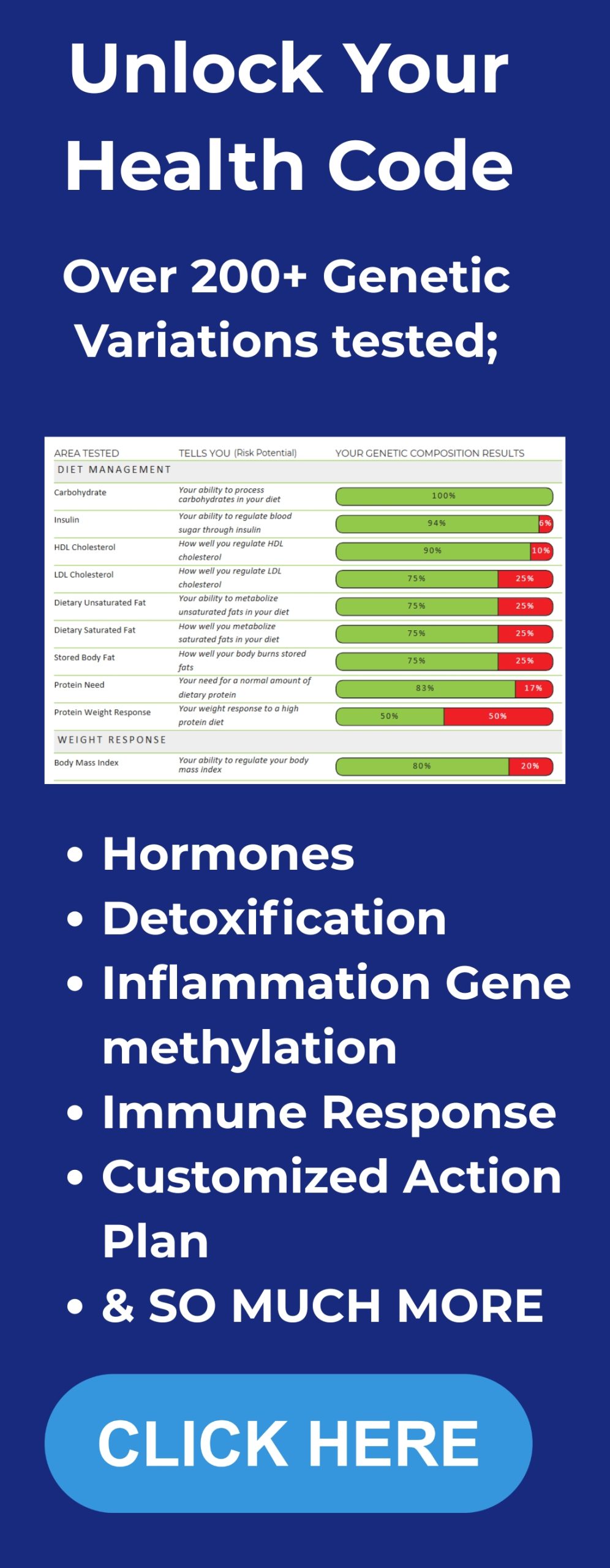Today we’re going to dive into a practical, science-backed approach to naturally supporting and balancing hormones with food and targeted supplements. Hormones influence everything from daily energy and mood to how we navigate midlife transitions like menopause and even long-term metabolic health. The plan we share here pulls together the most reliable food strategies and precise supplement choices you can discuss with your clinician so you have clear, actionable steps to feel and function your best. In this post, we’ll explore how hormones work, which foods and nutrients make the biggest impact, and how to apply these tools in your own life to restore balance and thrive.
Table of Contents
- Why Hormones Matter and How Nutrition Interfaces
- Core Food Groups to Emphasize for Hormonal Support
- Supplement Ideas (To Discuss, Not Mandate)
- Putting it into practice – a sample day and 7 day strategy
- Practical recipes and kitchen tips
- Foods and behaviors to limit
- Lifestyle pillars that amplify food impact
- Shopping checklist
- FAQ – Frequently asked questions
- Final notes and how to proceed
Why Hormones Matter and How Nutrition Interfaces
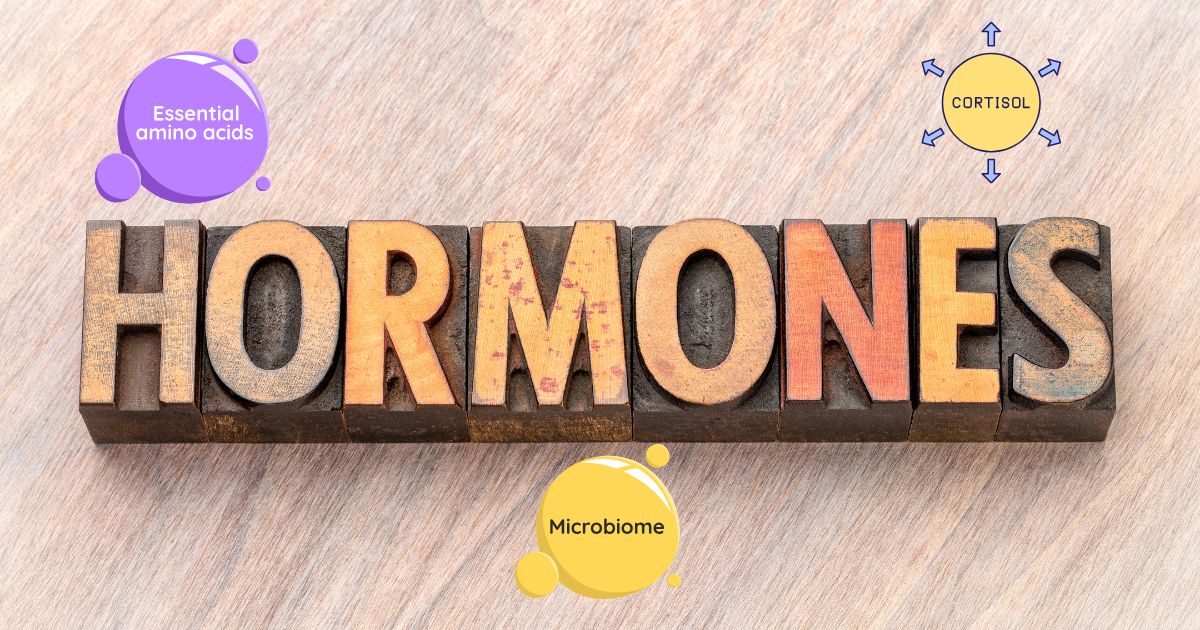
Hormones are chemical messengers produced by glands or specialized cells, and they help coordinate many bodily systems: metabolism, sleep, reproduction, stress response, appetite, and more. Because hormonal systems interconnect, shifts in one area (like insulin signaling or estrogen metabolism) can ripple out.
Food, metabolism, and the gut microbiome all play roles in hormonal pathways:
-
Building blocks: Hormones and signaling molecules often derive from amino acids, healthy fats, vitamins, and minerals obtained from diet.
-
Signaling modulation: Dietary components can influence enzyme systems, receptor sensitivity, and signaling cascades.
-
Microbiome mediation: Gut microbes help modulate precursors and metabolites that interact with hormonal regulation.
Thus, although nutrition alone isn’t a “treatment,” it’s one of the more powerful levers we have to support hormonal resilience.
Core Food Groups to Emphasize for Hormonal Support
Below are categories of foods I encourage you to include. Use these as flexible guides rather than rigid rules.
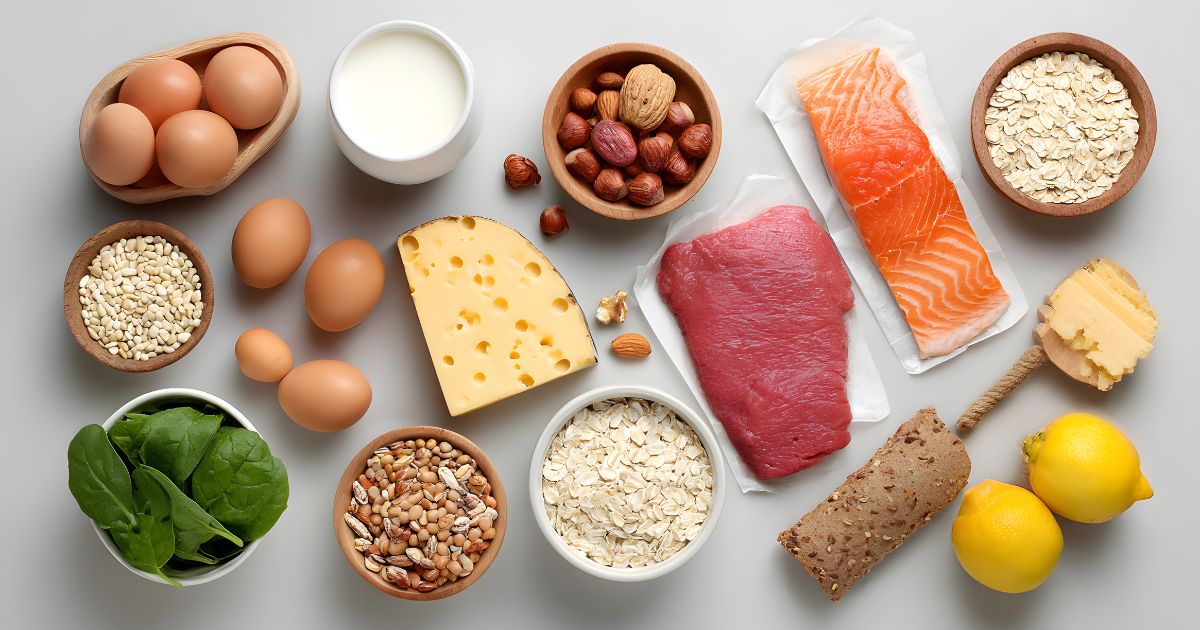
1. Adequate high-quality protein daily
Protein supplies amino acids that serve as precursors for many hormones, enzymes, and signaling molecules. Ensuring adequate protein may help support stable signaling and preservation of lean tissue—especially during aging and menopause.
Practical suggestions:
-
Aim for ~0.8 to 1.2 grams of protein per kilogram of body weight (adjust upward modestly as women age).
-
Target 20–30 grams of protein per main meal to support steady metabolic responses.
-
Focus on whole food protein sources: eggs, legumes, fish (e.g. cod or wild salmon), free-range poultry, tofu, tempeh.
-
Favor fish lower on the food chain to reduce heavy metal risk; frozen fish is an acceptable alternative when fresh is unavailable.
Pros
-
Provides amino acids for hormone and neurotransmitter synthesis
-
Regulates appetite hormones (ghrelin, GLP-1, leptin) → supports satiety
-
Helps preserve muscle mass through aging and menopause
Cons
-
Over-reliance on processed protein powders can displace whole foods

2. Colorful vegetables and polyphenol-rich foods
A “rainbow” of vegetables provides antioxidants, phytonutrients, and prebiotic compounds that can encourage microbiome diversity and influence pathways tied to inflammation and detoxification.
-
Emphasize peppers, carrots, beets, berries, leafy greens.
-
Include brassica family (broccoli, kale, Brussels sprouts, cabbage) intermittently as their compounds (isothiocynates) may support phase I/II detoxification processes relevant to hormonal metabolism.
-
Use both raw and cooked forms to get varied nutrient availability.
Pros
-
Antioxidant + anti-inflammatory effects
-
Feed gut microbes that regulate estrogen and cortisol
-
Brassicas (broccoli, kale, sprouts) enhance detoxification and hormone clearance
Cons
-
Rapid increase in fiber-rich brassicas can cause bloating if introduced too quickly
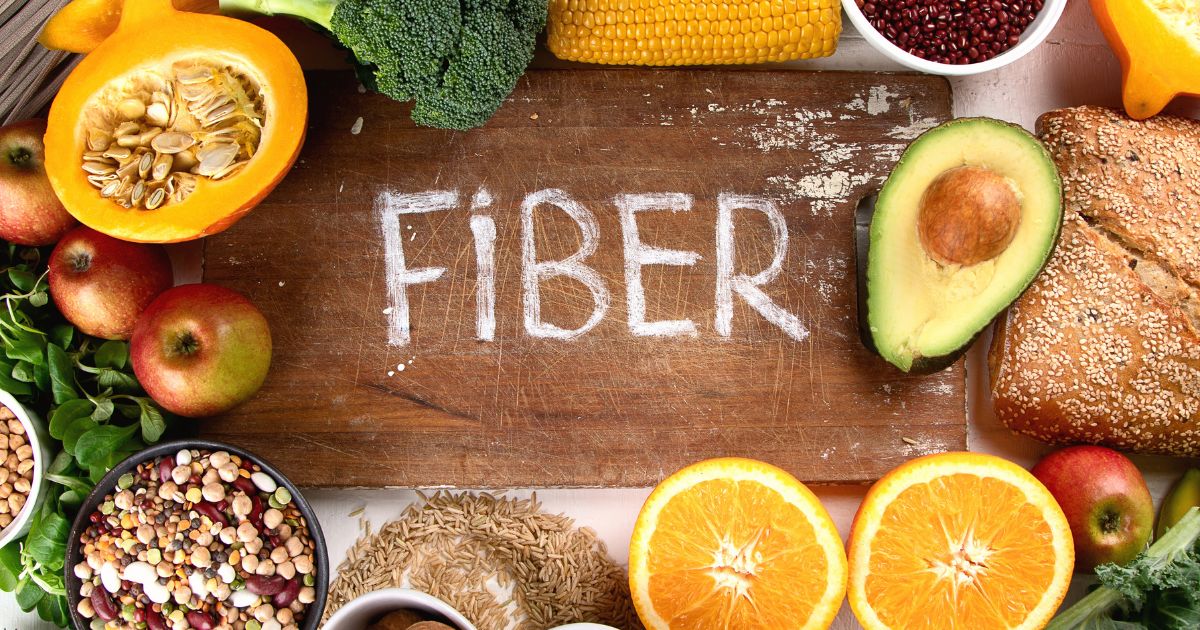
3. Dietary fiber and gut-friendly carbohydrates
Fiber is essential for feeding beneficial gut microbes, which in turn can influence estrogen metabolism and metabolic homeostasis. Fiber also helps moderate blood sugar responses.
-
Target ~25–35 grams of total fiber per day (increase gradually).
-
Use beans, oats, barley, vegetables, fruits, mushrooms, whole grains.
-
Spread fiber across the day to avoid overload and digestive discomfort.
Pros
-
Feeds microbiome → improves estrogen metabolism and immune balance
-
Smooths blood sugar → steadier insulin and energy
Cons
-
Too much added fiber at once may cause digestive discomfort

4. Mushrooms for soluble fiber and immune support
Often overlooked, mushrooms supply soluble fiber, including β-glucans, which support microbiome diversity and help modulate inflammatory signaling indirectly. They also offer micronutrients and unique phytochemicals.
-
Use common varieties like button, shiitake, cremini, oyster.
-
Don’t waste stems—puree stems into soups or sauces to maximize value.
-
Aim for 1–2 cups cooked per day if well tolerated.
Pros
-
Soluble fiber to support immunity and microbiome health
-
Low-calorie, nutrient-dense, and versatile
Cons
-
Benefits require consistent intake (1–2 cups cooked daily)
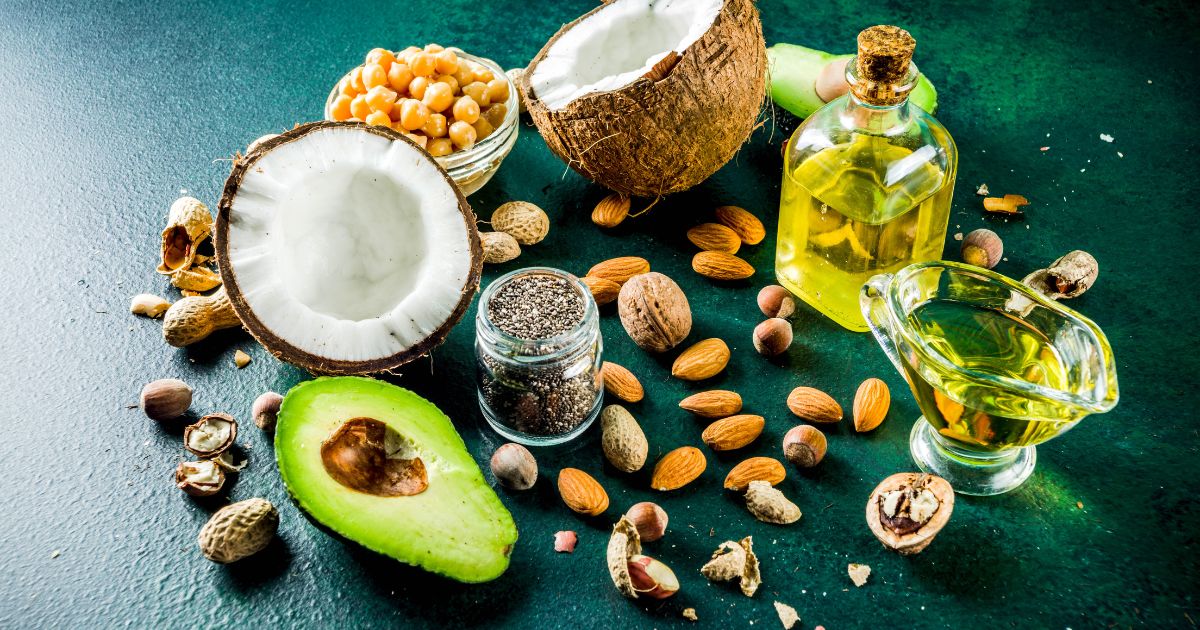
5. Healthy fats and monounsaturated sources
Fats are essential for cell membrane integrity, receptor environments, and serving as substrates for steroid signaling. Including fat at meals helps support satiety and steady metabolism.
-
Incorporate olive oil, avocado, nuts, seeds.
-
Minimize trans fats and highly processed seed oils.
-
Balance omega-3 and omega-6 intake.
Pros
-
Support cell membranes and hormone receptor function
-
Provide satiety and steady energy
-
Contain monounsaturated fats linked to cardiovascular health
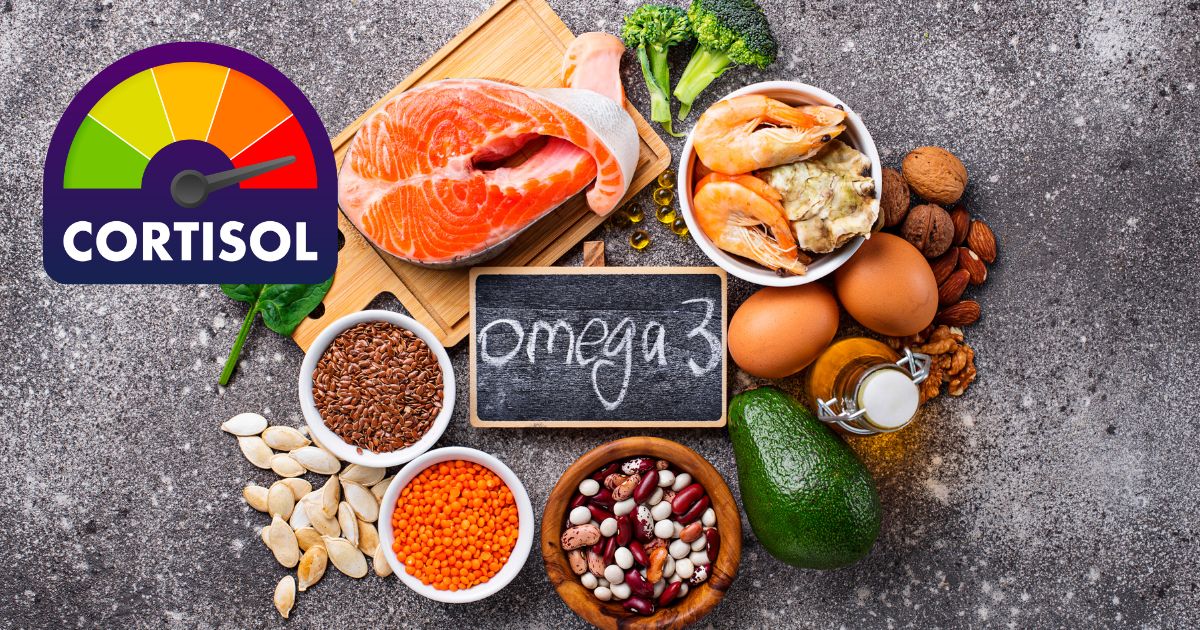
6. Omega-3 fatty acids (EPA & DHA focus)
Omega-3s are among the most researched fats for their influence on inflammation and signaling molecules. Though not a guarantee, having sufficient omega-3 intake may help modulate stress pathways and maintain balance in hormonal signaling.
-
Sources: fatty fish (salmon, sardines, mackerel), shellfish, algae-based EPA/DHA (for vegetarians).
-
If dietary intake is low, a high-quality omega-3 supplement may be a practical option (see supplement section).
-
Balance omega-3 with other fats.
We include omega-3s along with other foundational supplements like Vitamin D3 + K2 and hydrogen tablets in our VIP protocol bundle.
Pros
-
Regulate cortisol and stress response
-
Support brain, cardiovascular, and inflammatory balance
-
Strongest evidence for hormone modulation (EPA + DHA from seafood)
Cons
-
Plant sources (flax, chia, walnuts) require conversion → less efficient than seafood

7. Seaweed and iodine (in moderation)
Iodine is used by the thyroid for hormone synthesis, which plays a role in basal metabolic rate, energy, and temperature regulation.
-
Seaweeds like kelp or wakame provide natural iodine but can be very concentrated—use small portions.
-
Monitor total iodine intake to avoid exceeding tolerable upper limits.
-
If you have a thyroid condition, consult your clinician before regular use.
Pros
-
Essential for thyroid hormone synthesis (metabolism, energy, weight control)
-
Natural iodine source beyond fortified salt
Cons
-
Easy to overshoot iodine intake if portions aren’t monitored
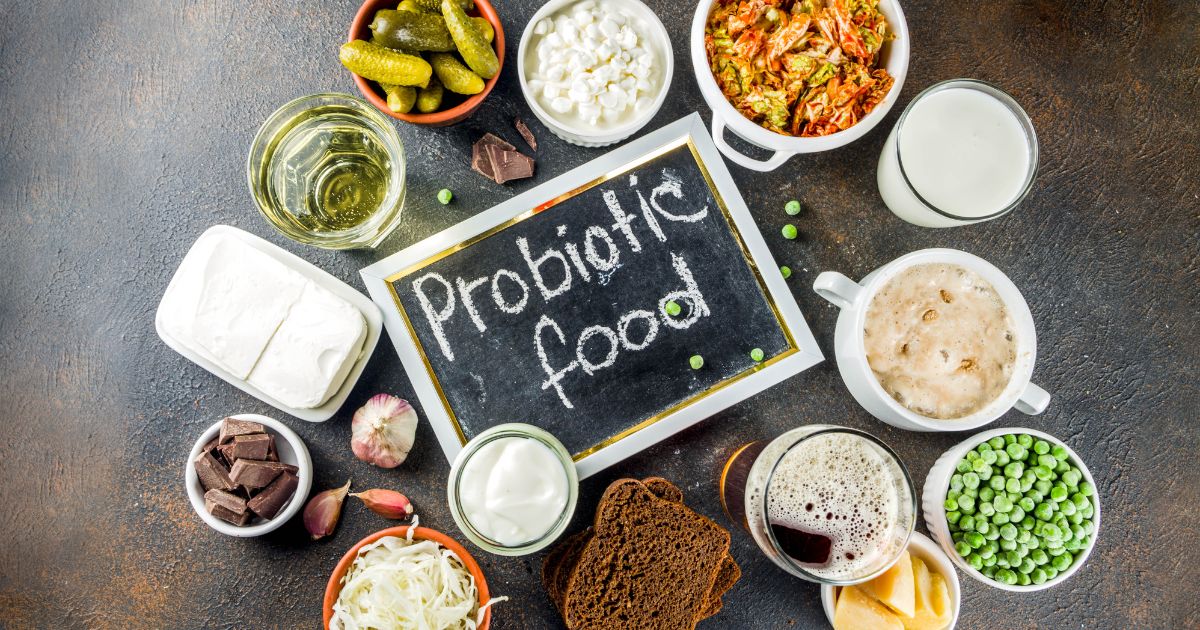
8. Probiotic and fermented foods (e.g. Lactobacillus reuteri)
While research is still evolving, certain probiotic strains (including L. reuteri) have been studied for potential interactions with systemic and oral health pathways. Including fermented foods may help support microbial balance and related signaling.
-
Use yogurt with live cultures, sourdough, sauerkraut, kimchi (if tolerated).
-
Supplement options: chewable forms of Lactobacillus reuteri (if desired) to support oral and gut microbiome interaction.
-
Choose strains with clear labeling and referenced CFU count.
Pros
-
May influence oxytocin (“social hormone”) and bonding
-
Improve gut and oral health
-
Accessible through targeted supplements or traditional fermented foods
Cons
-
Strain-specific benefits → not all probiotics have same effect

9. Whole grains and complex carbohydrates
Whole grains provide B vitamins, minerals, fiber, and slower-release energy that helps buffer insulin response.
-
Choose oats, quinoa, brown rice, whole grain bread and pasta when possible.
-
Reduce refined grains, sugars, and ultra-processed carbohydrate products.
Pros
-
Provide steady glucose release → stable insulin levels
-
Deliver B vitamins and minerals key for hormone metabolism
-
Reduce menopause-related energy dips
Cons
-
Over-refined “whole grain” products can mimic processed carbs
Supplement Ideas (To Discuss, Not Mandate)
Below I list supplements that can complement the dietary approach. Supplements should be used to fill gaps, not replace whole food. Always check with your healthcare provider before starting new supplements especially if you are pregnant, breastfeeding, taking medications, or have an underlying health condition.
-
Protein / amino acid powders: 20–30 g servings to bridge gaps if whole-food protein is insufficient.
-
Omega-3 (EPA + DHA): Combined 1,000–2,000 mg daily is a common maintenance range; higher short-term under supervision.
-
Vitamin D: 1,000–2,000 IU daily often used for general support; higher dosing should be guided by blood levels. You can read more about why vitamin D is so critical for hormone and bone health here.
-
Iodine: ~150 µg/day is standard; avoid high doses without clinical supervision.
-
Selenium: ~55–100 µg daily is often sufficient; limit excess.
-
Probiotic Lactobacillus reuteri: 1 to 10 billion CFU daily in products that clearly label strain and dosage.
-
Collagen peptides / gelatin: 5–15 g daily may support connective tissues; many prefer 10 g daily for 8–12 weeks.
-
Calcium (diet + supplement): Aim for a total ~1,000–1,200 mg/day (diet first, supplement to fill gaps).
Safety notes:
-
Always check for potential interactions (thyroid drugs, blood thinners, hormone therapy).
-
Get baseline labs (vitamin D, thyroid panel, metabolic markers) before using higher doses.
-
Use reputable supplement brands with third-party testing.
Putting it into practice - a sample day and 7 day strategy
Below is a sample day and a simple 7 day habit plan to help you get started. The emphasis is on high protein, colorful vegetables, omega-3s, fiber, and probiotic foods.
Sample Day
-
Breakfast: Scrambled eggs with spinach and mushrooms + whole grain toast + small avocado. Aim ~25–30 g protein. If you use a chewable probiotic, take it after breakfast.
-
Morning snack: Yogurt with strawberries + 1 tbsp chia seeds.
-
Lunch: Salad with mixed vegetables, grilled salmon (or white fish), quinoa, olive oil–lemon dressing.
-
Afternoon snack: Handful of walnuts or one Brazil nut + an apple.
-
Dinner: Stir-fry of chicken or tofu with broccoli, kale, peppers; side of brown rice. Add miso soup with wakame to introduce seaweed iodine.
-
Evening: Optionally mix 10 g collagen peptides into a warm beverage.
7-Day Starter Strategy
Day 1: Focus on getting protein at each meal + add one extra serving of vegetables.
Day 2: Swap a refined grain for a whole grain, and include mushrooms.
Day 3: Incorporate seafood twice this week or begin omega-3 supplementation at low dose.
Day 4: Try a fermented food (yogurt with live cultures, sourdough, or small portion of Parmigiano Reggiano).
Day 5: Include a small piece of seaweed or add wakame to miso soup.
Day 6: Include a brassica vegetable at two meals (steam, roast or sauté).
Day 7: Reflect on how you feel, adjust portions, and consult your clinician about supplement approaches or next steps.
Practical recipes and kitchen tips

Here are a few easy recipes that align with the plan and can be rotated weekly.
Mushroom and white bean stew
Ingredients: mixed mushrooms including stems, 1 can white beans rinsed, crushed tomatoes, garlic, onion, rosemary, olive oil. Saute onion and mushrooms including pureed stems, add garlic, tomatoes, and beans. Simmer 15 to 20 minutes. Finish with lemon and parsley. Serves with whole grain bread.
Quick wakame miso soup
Ingredients: dashi or vegetable broth, a small pinch dried wakame rehydrated, silken tofu cubes, scallions, and miso paste. Heat broth, add wakame and tofu, dissolve miso off heat to preserve probiotics. This provides iodine and a comforting mineral rich broth.
Omega-3 salmon bowl
Base of brown rice or quinoa, topped with oven baked salmon, steamed broccoli, shredded carrots, avocado slices, and a lemon sesame dressing. Finish with toasted sesame seeds for texture.
Foods and behaviors to limit
Some items reliably destabilize hormones and should be reduced or avoided:
- Alcohol – Alcohol can trigger cortisol release and interfere with sleep and metabolic control. Reduce to occasional low intake.
- Added sugars and sugar sweetened beverages – Sodas and fruit juices spike insulin and promote inflammation and harmful fat accumulation.
- Ultra-processed foods – Foods with long ingredient lists, artificial colors, flavors, and preservatives harm the gut microbiome and metabolic health.
- High mercury large predatory fish – Limit consumption of swordfish, king mackerel, and other large predatory fish due to heavy metal accumulation.
Lifestyle pillars that amplify food impact
Food is powerful but it works best as part of a comprehensive lifestyle program.
Sleep
Aim for consistent, high quality sleep. Deep sleep supports the brain’s clearing systems which remove metabolic waste and help hormonal reset. Poor sleep increases cortisol and disrupts insulin and appetite hormones.
Movement and resistance exercise
Strength training preserves muscle mass and improves insulin sensitivity. Aim for 2 to 3 resistance workouts per week plus daily movement such as walking.
Stress management
Chronic stress drives cortisol and inflammation. Incorporate daily stress reduction practices such as breathwork, short meditations, or restorative yoga.
Shopping checklist
- Eggs (preferably organic free range)
- Wild or frozen salmon, cod, or hake
- Legumes: lentils, chickpeas, black beans
- Brassica: broccoli, kale, Brussels sprouts
- Mushrooms: white button and shiitake
- Avocado
- Whole grains: oats, brown rice, quinoa, whole grain bread
- Nuts and seeds: chia, walnuts, Brazil nuts (1 to 2 per day max)
- Seaweed: dried kelp or wakame
- Plain yogurt with live cultures or Parmigiano Reggiano
- High quality omega-3 supplement if not eating seafood regularly
- Hydrolyzed collagen peptides
FAQ - Frequently asked questions
Q: Can diet alone “balance” hormones?
A: Diet is one of your strongest levers. For many women, combined adjustments to food, movement, sleep, and stress will support improved hormonal resilience and symptom relief. That said, some may require clinical evaluation or therapies (e.g. thyroid treatment, hormone replacement) when indicated. Nutrition can complement, not replace, medical care.
Q: Which supplements should I start first?
A: Consider foundational ones: a reliable omega-3 (1,000–2,000 mg EPA+DHA), vitamin D (1,000–2,000 IU if levels are low or unknown), and a strain-specified Lactobacillus reuteri probiotic (if you’re interested in oral and gut benefits). Collagen peptides (5–10 g) may support connective structures. Always evaluate with lab tests and clinician input before escalating doses.
Q: How much protein is ideal during menopause?
A: Needs may increase slightly as women age to protect lean tissue. Aim for 1.0–1.2 g/kg body weight daily. Distribute protein fairly evenly across meals (20–30 g/meal) and pair with resistance exercise.
Q: Is seaweed safe if I have thyroid conditions?
A: Seaweed is a potent iodine source, so if you have hypothyroidism, hyperthyroidism, or autoimmune thyroid disease, consult your clinician before regular use. Occasional small amounts (e.g. miso soup with wakame) are often acceptable under guidance. Avoid high-dose seaweed consumption until thyroid status is monitored.
Q: Which probiotic strains are relevant to oxytocin or oral health?
A: Strains such as Lactobacillus reuteri DSM 17938 and ATCC PTA 6475 have been investigated in early research for connections between microbial signaling, oxytocin, and oral/gut health. Choose products that list both strain and CFU count, ideally in chewable forms for oral mucosal exposure. Discuss with your provider, especially if immune compromise is a concern.
Q: When might I notice effects?
A: Changes like improved satiety or energy from better protein and omega-3 intake might be noticeable within days to weeks. Mood, sleep, or menopausal symptom improvements may take several weeks to months. Gains in bone health or structural change require consistent effort over months to years. Progress is individual.
Q: Do I need to avoid processed foods entirely?
A: Perfection isn’t required. Reducing ultra-processed foods and added sugars helps support gut health, inflammation control, and hormonal balance. Focus on mostly whole-food choices, and allow occasional flexibility without guilt.
Final notes and how to proceed
True hormonal balance is a dynamic interplay between food, movement, rest, stress, and biochemical context. The guidelines above offer a flexible, evidence-informed framework to support metabolic and hormonal stability and not a guaranteed cure.
-
Start by incorporating dietary shifts gradually (protein, vegetables, omega-3s).
-
Track how you feel: energy, mood, sleep, digestion, symptoms.
-
Use baseline labs (e.g. vitamin D, thyroid panel, metabolic markers) to guide thoughtful supplementation.
-
Adjust and personalize over time.
-
Always partner with your clinician, especially for thyroid conditions, medication interactions, or persistent symptoms.
Remember to personalize anything you adopt. Baseline tests such as vitamin D, thyroid stimulating hormone, free T4, and basic metabolic panels help guide tailored supplement choices. For even deeper personalization, you can get DNA-based health insights here.
Take small steps, be consistent, and track how you feel. Hormonal balance is achievable with realistic food and lifestyle shifts that fit your life. If you’re ready to go deeper and build a step-by-step lifestyle framework, check out our Integrate program.





